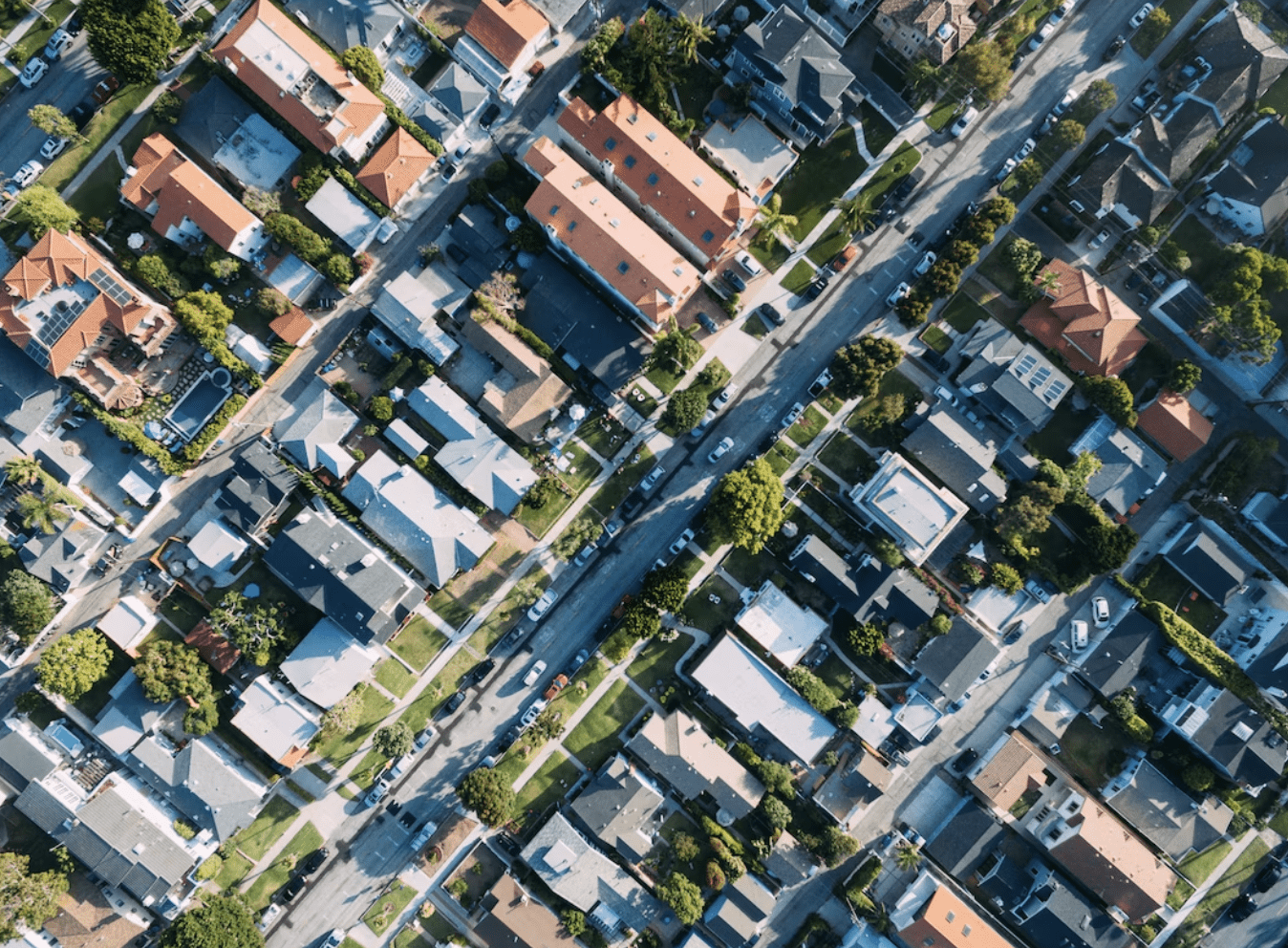What lighting should I use for my warehouse?
Energy efficiency and reducing environmental footprints are increasingly regulated. Hence, selecting a compliant light source for your warehouse is crucial. Although various options can be overwhelming, planning your warehouse lighting effectively is manageable. We’re here to guide you through the considerations to make the process straightforward.
Warehouse lighting options
There are three different options for warehouse lighting, high-intensity discharge (HID), fluorescent and light-emitting diode (LED) lighting.
High-intensity discharge HID
Several years ago, HID lamps were predominantly used for illuminating warehouses and continue to be a popular choice today. They are cost-effective but have a notable drawback: a rapid lumen depreciation rate. Additionally, HID lamps offer limited choices in color temperatures.
Pros: HID Lamps do have the lowest initial cost.
Cons: Not to long lifespan because of their lumen depreciation.
HID lights require a warmup period before they reach full illumination capabilities, it may take at least 15 minutes to have an optimal illumination.
Fluorescent
Fluorescent lighting is a viable alternative for illuminating warehouses. Both older and newer facilities often use this type of lighting.
Pros:
Cost-effective: An appealing choice for those on a budget.
Energy Efficiency: Consumes less power compared to HID lights.
Color Range: Available in a broad spectrum of color temperatures, ranging from 2700k to 6500k, offering better flexibility.
Cons:
Durability in Extreme Conditions: Fluorescent lights can degrade faster under intense cold or heat. Therefore, in warehouses experiencing extreme temperatures, these lights might not be the most suitable due to their potentially reduced lifespan.
Light emitting diode LED
LED light fixtures stand out as the most energy-efficient and versatile lighting option for your warehouse. These fixtures are renowned for their low energy consumption and superior Lumen outputs, offering optimal illumination while saving on energy costs.
Pros:
LED lights excel in energy efficiency, outperforming HID and fluorescent lights. They not only consume less energy but also deliver enhanced illumination. With an impressive lifespan of up to 1,000,000 hours, LED lights minimize maintenance efforts and costs as replacements are infrequent. Their robust design ensures consistent performance, even in extremely cold temperatures.
Cons:
However, there are considerations to bear in mind. Older warehouse buildings may need retrofits to accommodate LED lighting systems. Moreover, the performance of LED lights can be affected in environments with elevated temperatures, necessitating appropriate climate control measures to maintain optimal functionality
Warehouse lighting considerations
Brightness
Choosing the right colors for your ceiling and walls is crucial for optimal illumination. Ceilings and walls painted in lighter colors boast higher reflectance compared to those with darker shades. This allows you to opt for light fixtures with a reduced lumen output, promoting energy efficiency and cost savings. However, it’s essential to balance brightness levels to avoid glare and ensure comfort for the eyes, especially during specific tasks and activities.
How to choose the color Temperatures
Color temperature plays a significant role in enhancing visibility and boosting productivity in warehouse environments. Optimal illumination is achieved with colors in the 4000k to 5000k range. This specific range, oscillating between bright white and a slight blueish tint, is backed by research to minimize eyestrain and create an optimal workspace. Each color temperature within this spectrum contributes to a visually comfortable and efficient work setting, promoting both safety and productivity.
How should the Light Distribution be
Every warehouse requires a specific type of light distribution, typically either I-type or V-type. The choice depends on various factors, including the layout’s shape, size, and the equipment present in the facility. Proper selection ensures that lights are distributed effectively, preventing any loss or obstruction by shelves or other structures.
Fixture Spacing
The spacing of the lights is essential, if they are to close you will have hot spots, if they are too far from each other you will get dark areas.
LED Warehouse Lighting products
The benefits of LED lights are bigger than the HID and Fluorescent lights. They come in a range of sizes and styles to fit any warehouse needs. We have plenty of options when it comes to LED lights, such as UFO LED lights, Linear High Bay Lights, etc.
When it comes to choose the correct option for your warehouse HYPERLITE can answer all your questions. Visit our web page and improve your warehouse, we can make you BRIGHT.

